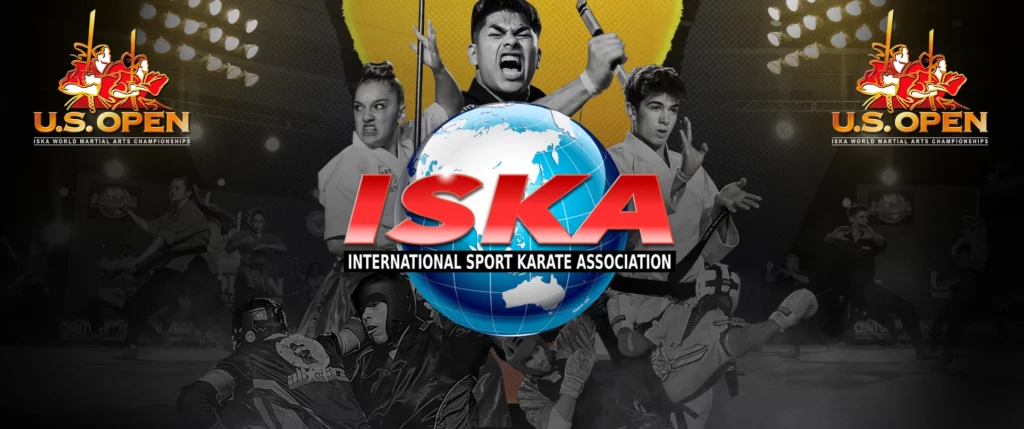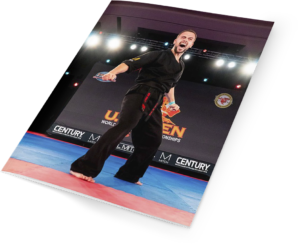JULY 4th- July 6th, 2024
U.S. OPEN
ISKA World Martial Arts Championships
ORLANDO, FL
Play Video
























Download our Tournament Overview for more information including Hotel Information, Event Schedule, Prize Money and more!